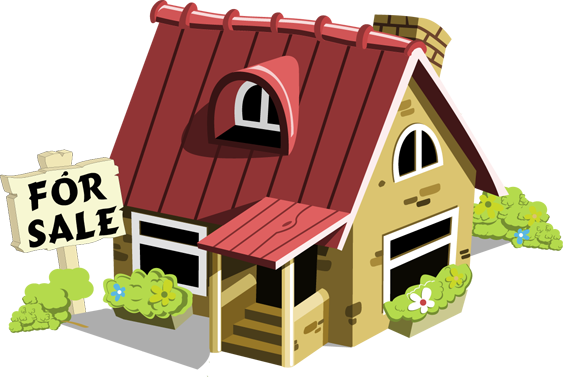moneyinstructor.com
Selling a house is not high on the list of things people like to do. If you have called it home for many years, the task of getting it ready to sell can seem downright ugly. There are certain areas of the lawn that need work, some weeds you have ignored for years and trees that need trimming. To make the exterior of your house ready for sale, especially if you are in a hurry, there are ways to make the job easier. The exterior of the house is what is captured for all of the ads and listings, so it needs to have maximum curb appeal.
Section your yard into sections.
Consider the garage the exterior since it contains the outdoor equipment. Depending on your yard size also determines how many sections you may have. Each section will then get a list of the work needed in that area.
Consider the garage the exterior since it contains the outdoor equipment. Depending on your yard size also determines how many sections you may have. Each section will then get a list of the work needed in that area.
Yards of less than an acre usually only require a section for each side, the garage, the front and the back of the house. If you are an elaborate gardener, flower beds and special landscape details may need their own list. A pool area or fence can be considered its own section too if they have an extensive to-do list.
Start with one section, and have a pen and paper to make notes.
Garage
If you have a garage, make sure your car fits in it. The garage is meant for cars, but when people look at them, they are really envisioning how much "junk" it will hold. The garage shelves need to be as organized and clutter free as the interior of the house.
Remove any evidence of "critters." Hide the bag of mousetraps. Put away the bottles of weed killer. Give the appearance your house is perfect inside and out.
House Exterior
The outside of the house is what is pictured in an ad to draw a potential buyer in. It needs to be sparkling clean to get the best results for you! Make sure the windows are clean and in working order. Replace any screens that have been damaged.
Other exterior points to do:
- Clean the rain gutters out
- Remove leaves and debris from landscape rocks or woodchips
- Hang a welcome sign on the front door
- Wash any dirt, mold or mildew from the siding
- Check the roof and soffits to make sure all pieces are secure
- Fix any shutters, porch railings, steps and doors that are broken
Yard
Make notes if there are specific bushes to trim, grass to be edged or trees to be pruned. Keep any flowers deadheaded and fresh looking. The yard will need to be as weed free as possible, and cut while the house is being shown to potential buyers.
Other things to keep in mind for the exterior sections include fences, sheds, walkways and pools. Are they all in good repair, with no cracks, paint chips, rot or missing pieces? I they have any of the above, put them on the list to fix.
Appearances are everything when selling a house. The outside is the first thing people see, so spruce it up. Keep everything neat and tidy, and your house will sell fast!
Information is for educational and informational purposes only and is not be interpreted as financial or legal advice. This does not represent a recommendation to buy, sell, or hold any security. Please consult your financial advisor.



